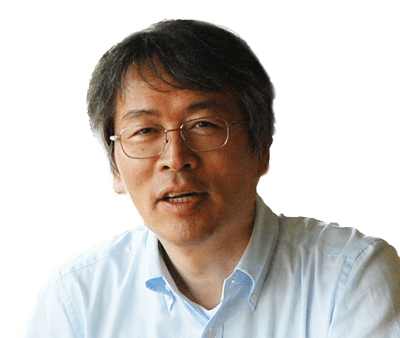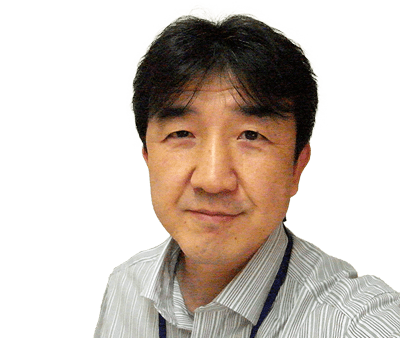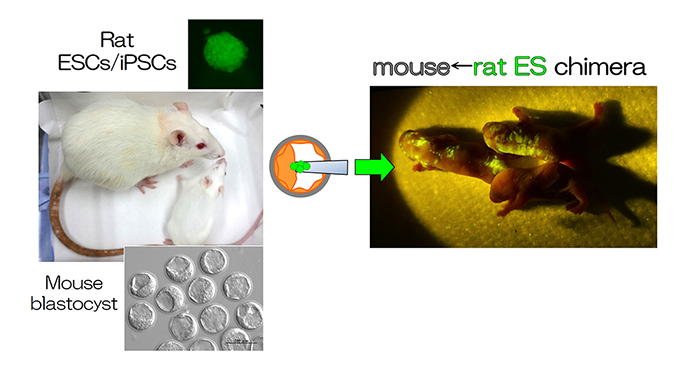Chimeric animals, in which cells with different genomic information are mixed together in one individual, is one of the animal models artificially created by developmental engineering technology. Such chimeric animals have contributed to the development of life science research, including the analysis of gene function. In our laboratory, we use chimeric animals to study the mechanisms of individual development and organogenesis, which can lead to regenerative medicine.
Topics
- Model of organ formation using interspecies chimeras
- Trials of novel animal models













